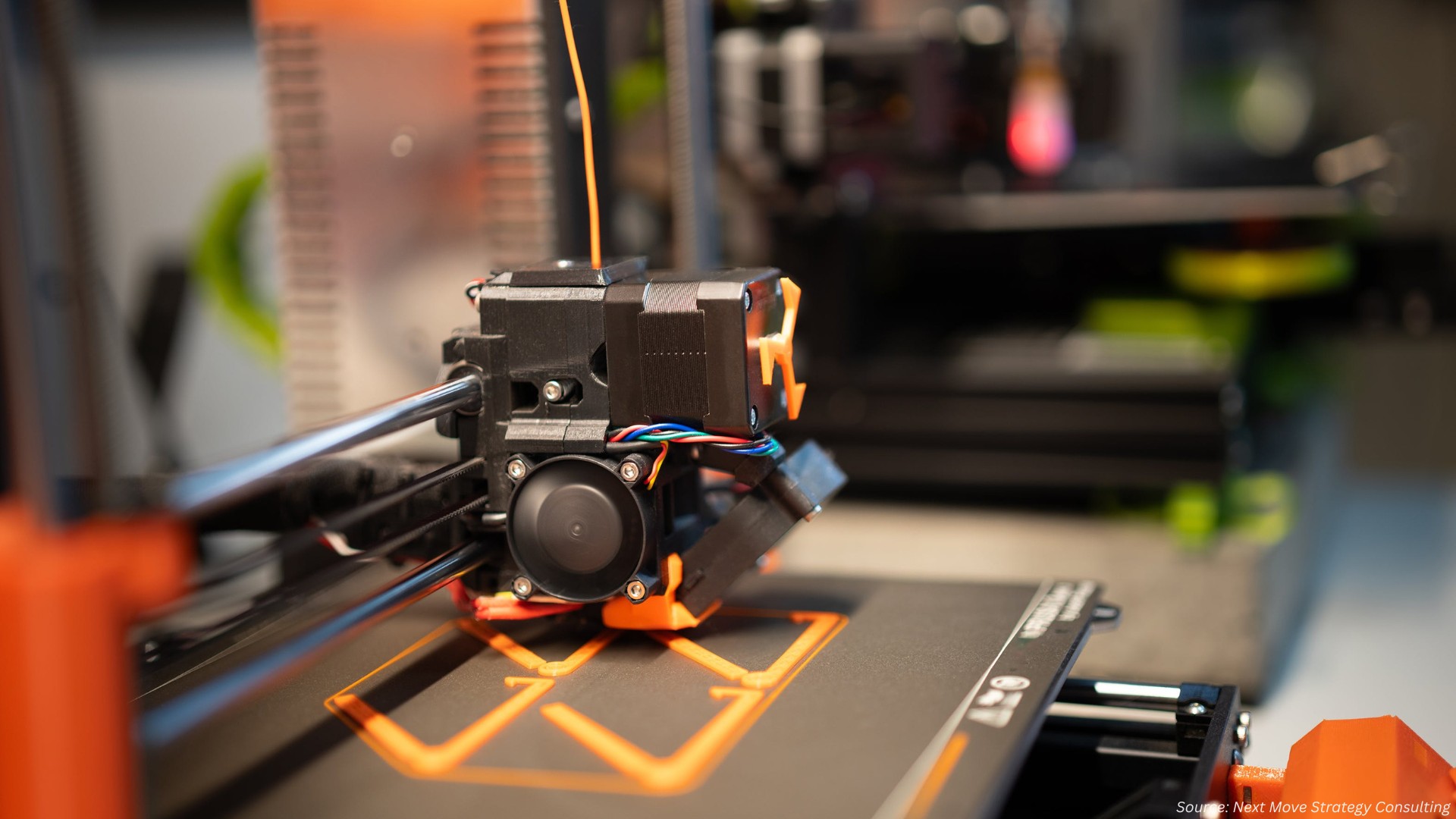Asia-Pacific Industrial Process Automation Market is expected to reach USD 28.83 billion by 2030
Published: 2025-10-08
Rising Adoption of Industry 4.0 and Automation Adoption Across Key Industries are Driving up Demand for the Asia-pacific Industrial Process Automation Market During the Forecast Period.
Asia-Pacific Industrial Process Automation Market size was valued at USD 20.37 billion in 2024 and is projected to grow to USD 22.46 billion by 2025. Additionally, the industry is expected to continue its growth trajectory, reaching USD 32.43 billion by 2030, with a CAGR of 8.06% from 2025 to 2030., according to new research by Next Move Strategy Consulting. The increasing adoption of Industry 4.0 principles in countries like India, South Korea, and Indonesia is fueling a growing demand for industrial process automation systems. These systems enable real-time monitoring and control of industrial operations, empowering companies to achieve exceptional optimization and efficiency.
Through the integration of technologies such as the Internet of Things (IoT), artificial intelligence, and data analytics, these nations are modernizing their industries to stay competitive on a global scale, reduce operational costs, enhance productivity, and uphold quality standards. This transition towards Industry 4.0 is reshaping the industrial landscape in these countries, prompting a heightened need for advanced automation solutions.
However, a significant challenge in advancing the industrial process automation market arises from the absence of standardized procedures. When standardized protocols are lacking, it can incentivize manufacturers to develop their proprietary systems that prove challenging to replace or upgrade. This situation can lead to a scenario where companies become overly reliant on a single vendor's technology, limiting their ability to collaborate with multiple service providers.
Vendor lock-in can lead to increased costs, reduced flexibility, and a limited scope for innovation, all of which can have an adverse impact on the growth of the industrial process automation market. Concerns about being tied to a specific vendor's technology may discourage companies from investing in automation systems, thus hindering the market's expansion.
On the other hand, the increasing adoption of cloud-based automation solutions presents a significant growth opportunity for the industrial process automation industry. These solutions offer several benefits such as increased efficiency, productivity, and profitability for businesses. They can be easily scaled up or down, making them suitable for businesses of all sizes.
Additionally, cloud-based solutions offer enhanced control and transparency within industrial processes, resulting in substantial reductions in expenses related to the upkeep and enhancement of hardware, software, and infrastructure. This cost-saving feature allows companies to redirect resources towards their core competencies and other strategic areas of their operations. The increasing adoption of cloud-based solutions for handling and harnessing 3D data acquired from reality capture devices indicates a noticeable surge in interest toward embracing these technologies.
For instance, in January 2022, Accenture made a strategic investment via Accenture Ventures in Cintoo, a company that offers cloud-based solutions for the management and utilization of 3D data acquired from reality capture devices. As a result, continued growth and innovation in the industrial process automation industry is expected in the future.
Request for a Sample PDF on the Asia-Pacific Industrial Process Automation Market
According to the report, leading players in the Asia-Pacific Industrial Process Automation market include Siemens AG, ABB Ltd, Schneider Electric India, Honeywell Automation India Limited, Emerson Electric Co., Rockwell Automation, Inc., Yokogawa Electric Corporation, Mitsubishi Electric Corporation, Endress+Hauser Group, Bharat Heavy Electricals Limited, GE Vernova, KROHNE Group, Fuji Electric Co., Ltd., Azbil Corporation, and Eaton Corporation and others.
Key Insights from the Asia-Pacific Industrial Process Automation Market Report:
-
The information related to key drivers, restraints, and opportunities and their impact on the Asia-Pacific Industrial Process Automation market is provided in the report.
-
The value chain analysis in the market study provides a clear picture of the roles of each stakeholder.
-
The market share of players in the Asia-Pacific Industrial Process Automation market is provided in the report along with their competitive analysis.
















Add Comment